

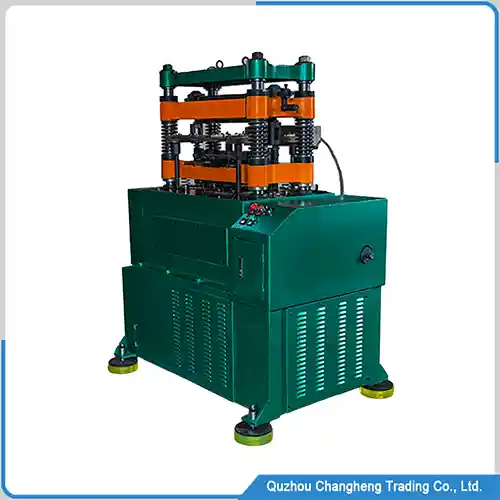
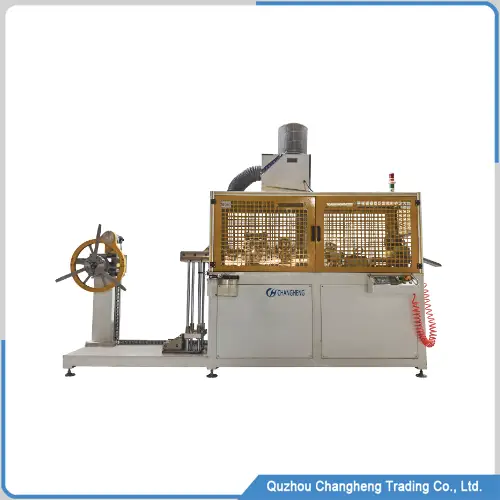
Product Introduction
The plate type heat exchanger features a modular design, where components such as corrugated plates, sealing gaskets, and frames are assembled together and secured with screws to ensure smooth and efficient heat exchange in high-pressure environments.
This type of plate heat exchanger offers significantly improved heat exchange efficiency compared to tube-and-shell heat exchangers, and it also provides a substantial competitive advantage in terms of cost control. Moreover, its maintenance and repair costs in the later stage are also lower.
The Ripples plates of the heat exchanger are press and formed by a 300-ton hydraulic press. The surface of the metal plates forms irregular patterns. These patterns are designed scientifically. When two metal plates are stacked together, they will create an independent channel. The medium flowing through the channel will generate a vortex, fully contacting the metal plates, thus achieving a higher heat exchange efficiency.
Typically, a plate-type heat exchanger has two independent channels, with each fluid medium flowing and exchanging heat through one channel. Under any circumstances, the two media will not mix, even if the heat exchanger leaks, the fluid will only spill outward, and the two fluid media will not mix.
Plate type heat exchanger quick details
- Disk material: Hastelloy alloy
- Sealing gasket: reinforced EPDM
- Heat transfer efficiency: Follow the design
- Maximum pressure: 1.6MPa
- Connection method: flange
- Manufacturing standards: GB, CE
- Structural Design: Assembly Type
- Dimensions: Customized
- Color: default blue
- Interface: Dust cover sealing
- Delivery time: 25-30 days
- Packaging: Wooden crate
Plate-type heat exchanger classification
With the development of industry, welding technology has become highly mature, especially the argon arc welding process, which has been widely applied in the production of plate heat exchangers. If we follow the production process, there are currently two types of this heat exchanger: one is the traditional assembly type, and the other is the welding type. Let’s examine the differences between these two processes.
Assembly type
This is a traditional method, and most heat exchangers now use this process because it allows all the metal plates to be disassembled, the internal dirt and impurities to be cleaned, and then reassembled, regaining efficient heat exchange.
Suppose we need to increase the heat exchange area in the future to boost production. In that case, we can easily modify the heat exchanger by adding corrugated plates, which will significantly improve heat transfer efficiency and effectively reduce operating costs.
An EPDM seal is located in the middle of the corrugated plate, preventing the seal strip from coming into contact with the fluid and effectively extending its lifespan. When the lifespan of the seal strip expires, it is also easy to replace.
Welding type
This type of heat exchanger uses argon arc welding technology to seal the gap between two corrugated plates. This job requires a very experienced welding engineer to complete; otherwise, the two corrugated plates are very prone to leakage.
This type of heat exchanger can withstand very high pressure, and its lifespan is also longer, without the need to replace the rubber sealing gasket in the middle. In some specialized chemical industries, where the fluid is highly corrosive and there are higher requirements for sealing performance, they preferentially use this type of heat exchanger.
The advantages of this type of heat exchanger are evident, including its high pressure tolerance and longer lifespan. Its disadvantage is that the price is a bit higher.
Plate-type heat exchanger factory video
Characteristic of plate type heat exchanger
- Efficient heat transfer.
Compared with the tubular heat exchanger, the heat efficiency of this heat exchanger is improved by 3-5 times.
- Compact structure design
Due to the special nature of the corrugated plate, the efficiency of the heat exchanger has been significantly improved, resulting in a 60% reduction in volume compared to other types of heat exchangers.
- Long lifespan.
Corrugated plates are made of corrosion-resistant metals such as Hastelloy or titanium alloy. Even in harsh operating environments, they can maintain a very long service life.
- Use at zero cost.
This heat exchanger does not require electricity or human intervention during its use, and it does not consume any energy, making it usable at zero cost.
- Liquids won’t mix.
The metal corrugated plates of the heat exchanger are scientifically designed, and the two media exchange heat crosswise. Even if the sealing gasket corrodes and leaks, the medium will only be discharged outward without mixing.
Application area
- Electroplating solution
- Quenching oil
- Lubricating oil for the gearbox
- Rolling coolant
- synthetic resin
- alcohol fermentation
- Phosphoric acid cooling
- Electrolytic alkali production
- dairy
- wort
- Sugar industry
- Juice sterilization
- Milk cooling
- Beer filling
- Vegetable oil heating
- purified water
- Diesel engine cooling
- Piston cooling,
- Seawater desalination
- Lubricating oil cooling
- heat recovery
- Central cooling system
Our advantages
We are a supplier from China with an absolute advantage in price competitiveness.
The warehouse stocks corrugated boards of various sizes, enabling fast delivery.
Our engineering team has extensive work experience, and we can provide the best solution for any field where your plate-type heat exchanger.
Summarize
We are your top choice if you are looking for a manufacturer of this type of plate heat exchanger. We provide excellent solutions, fast delivery capabilities, and competitive prices. If you require this type of heat exchange, please don’t hesitate to contact our engineers via email for more information.

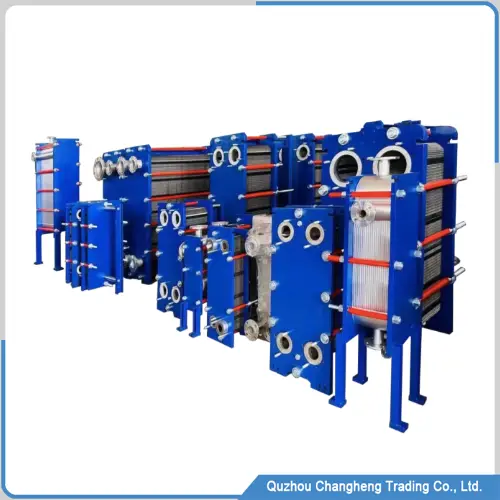
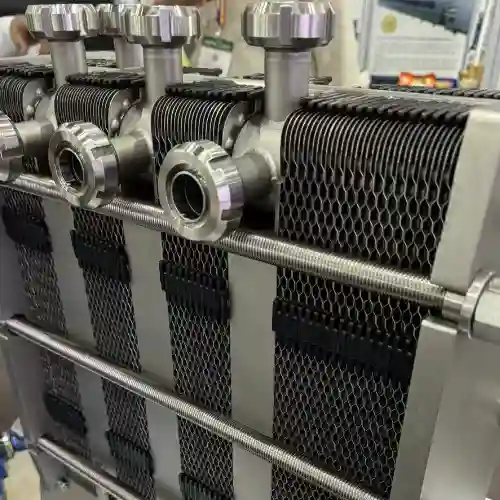
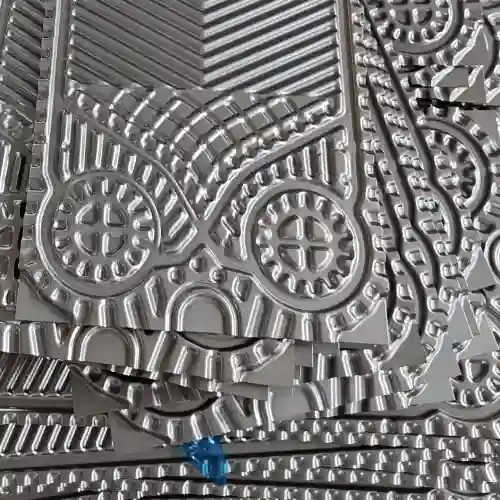
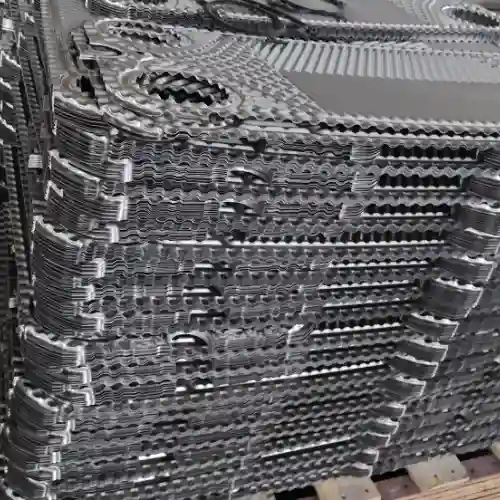









 WECHAT
WECHAT